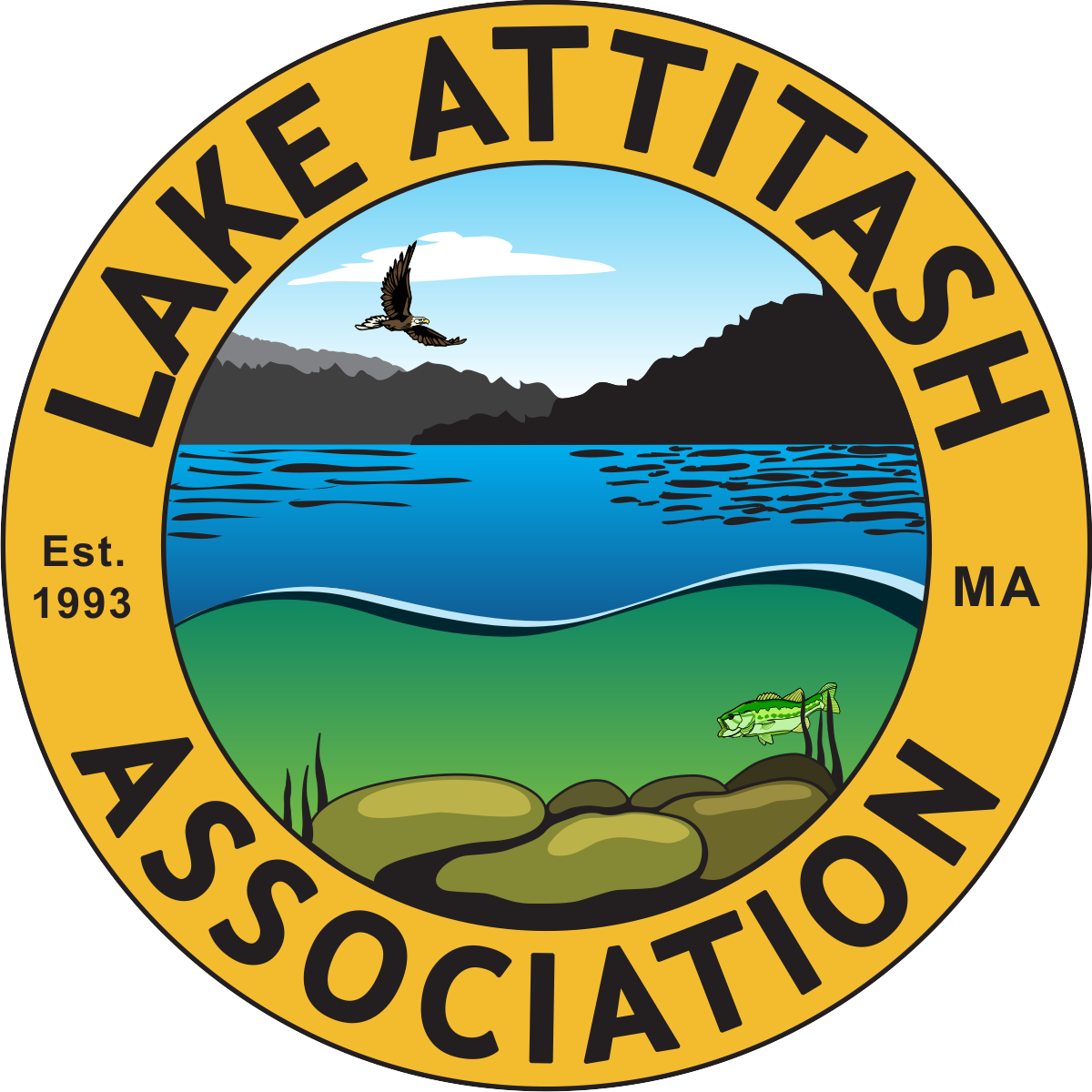Cyanobacteria & E. Coli Reports
- Massachusetts information:
- Centers for Disease Control and Prevention:
You can help improve water quality!
Individuals around the lake and in the watershed (areas that eventually drain into the lake) can do a lot to help improve the water quality in the lake and reduce the amounts of weeds and algae. You can also help by politely educating your neighbors and visitors about how to improve and protect the lake.
Much has been published on the subject of lake water quality, and you might be surprised about how activities near the lake can affect it. Here are some links to information that can make you a better neighbor to Lake Attitash:
- General tips about pollution sources (U.S. Environmental Protection Agency)
- Living lake smart (Lake Attitash Association)
- You can help improve Lake Attitash water quality (Lake Attitash Association)
- Buffer gardens and native plants (Lake Attitash Association)
- Things You Can Do to Reduce Pollution – Mass DEP
- Lawns and Landscaping to Improve Water Quality - Mass DEP
The association is also continuing with its water monitoring activities to gauge the success of efforts to reduce weeds, algae, and bacteria, and to improve water clarity. These activities require considerable volunteer effort for water sampling, weed mapping, and data collection. If you'd like to help, please contact us. Training is available, so experience is not necessary.
Click these links for the latest information:

